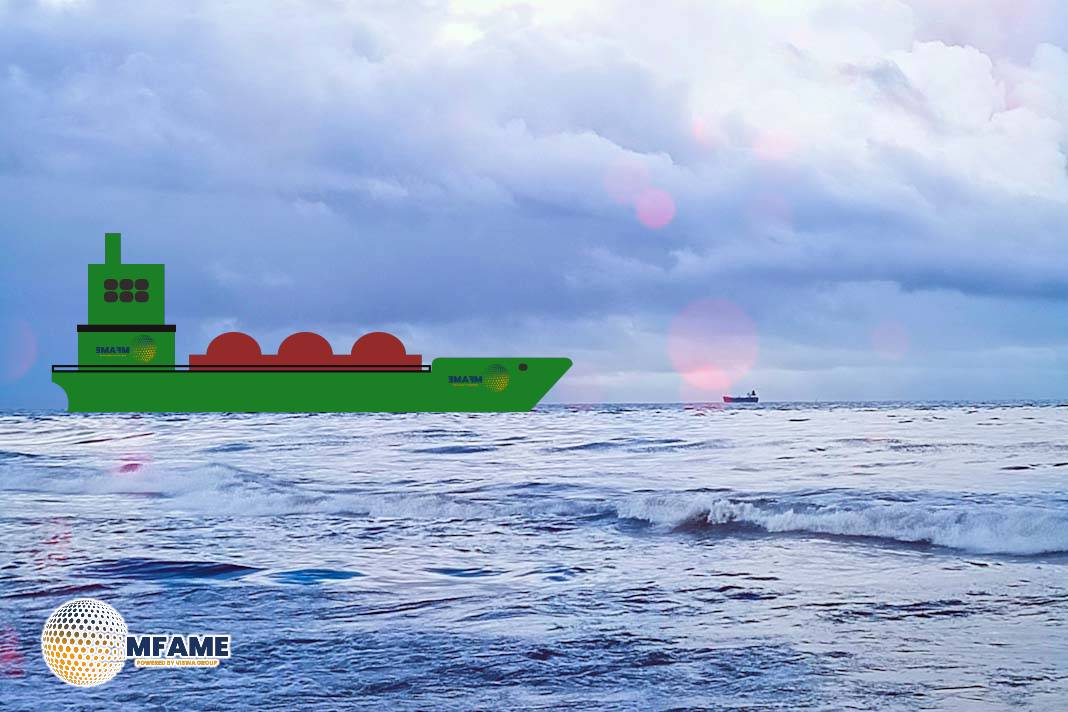- Shortage of young vessels as deliveries have remained weak since 2020.
- Middle-aged tankers from 2008–2011 boom now dominate the fleet.
- Oldest category surges past 1,440 ships with rise of shadow fleet.
The global tanker fleet is older than ever before. Back in 2018, the average age was just over 10 years. Fast forward to mid-2025, and that number has jumped to over 14 years, with no signs of slowing down. This change is significant for shipowners, charterers, regulators, and even investors in the oil market, as it affects safety, efficiency, trade flows, and transportation costs, reports AXS.
Fewer Young Tankers Entering the Market
The most noticeable drop is in the under-11-year category. In 2018, there were more than 3,500 tankers aged 0–10 years. By 2025, that figure is expected to fall to around 2,600. Deliveries have been too low to keep the fleet replenished, especially since 2020, with 2023–2024 being among the lightest years for deliveries on record. While there is a rebound in orders, most of the new ships won’t hit the water until 2026 and beyond. Until then, we’ll continue to see a shortage of young, fuel-efficient vessels.
Middle-Aged Vessels Dominate
The delivery boom from 2008 to 2011 has now transitioned into the 16–20-year age group. This category has expanded from about 750 ships in 2018 to over 2,200 today. These vessels are still in operation, but they’re facing increasing maintenance costs, declining fuel efficiency, and more downtime. For charterers, the quality and reliability of ships in this age range can vary significantly. Meanwhile, the 11–15-year category is starting to shrink—not due to scrapping, but simply because those ships are getting older.
The Oldest Tankers Are on the Rise
The number of tankers over 21 years old has skyrocketed, jumping from fewer than 400 ships in 2018 to over 1,440 by mid-2025. The most significant surge started after 2023, right around the time sanctions were imposed on Russian oil, leading to the emergence of what’s being called the “shadow tanker fleet.” Instead of being sent to the scrapyard, older vessels have found new life, making money by transporting sanctioned or discounted crude oil outside the usual vetting processes of mainstream charterers.
Scrapping Takes a Dive
Demolition, which usually helps balance the fleet, has come to a standstill:
- 2021: 160+ tankers scrapped
- 2022: 70
- 2023: 14
- 2024: 10
- 2025 YTD: still very low
Two main factors are behind this decline: falling steel scrap prices (which dropped from $520/ldt in 2023 to around $420 in 2025) and the strong earnings of tankers that keep older ships profitable. Additionally, sanctions have created a demand for these older vessels, shielding them from the usual pressures to be scrapped.
What’s Driving the Ageing Trend?
The ageing of the fleet isn’t just due to one reason. Economic factors have encouraged owners to keep their older ships in operation, while sanctions have opened up job opportunities in non-traditional markets. Together, these elements have allowed vessels to remain in service much longer than what’s typical for recycling timelines.
What Could Change the Trend?
Three key developments could really shake up the fleet:
- Freight Market Slowdown – If earnings take a hit, we might see more owners opting for demolition.
- Stricter Sanctions Enforcement – This could lead to fewer jobs for shadow fleet vessels, speeding up the scrapping process.
- Newbuilding Wave – Starting in 2026, we can expect a surge in deliveries that will refresh the tanker pool and help stabilise the fleet’s age.
Implications for Stakeholders
- Owners: They could see asset values rise, but they’ll also have to deal with increased operating costs.
- Charterers: They’ll need to navigate the challenges of older ships, which means more vetting and heightened operational risks.
- Investors: It’s wise to brace for some volatility, as supply could dwindle quickly if scrapping picks up.
- Policymakers: They need to tackle the unintended consequences of the rise in unsafe, high-emission shadow tankers.
Closing Outlook
The tanker fleet continues to age because there aren’t enough new ships coming in, demolitions have dropped off, and sanctions have prolonged the life of very old vessels. Unless we see an uptick in scrapping or the newbuilding wave kicks in, the fleet of the future is likely to be older, less efficient, and riskier than what we have today. AXSInsights offers in-depth reports on tanker markets, including orders, fleet age, and scrapping trends.
Did you subscribe to our daily Newsletter?
It’s Free Click here to Subscribe!
Source: AXS

















